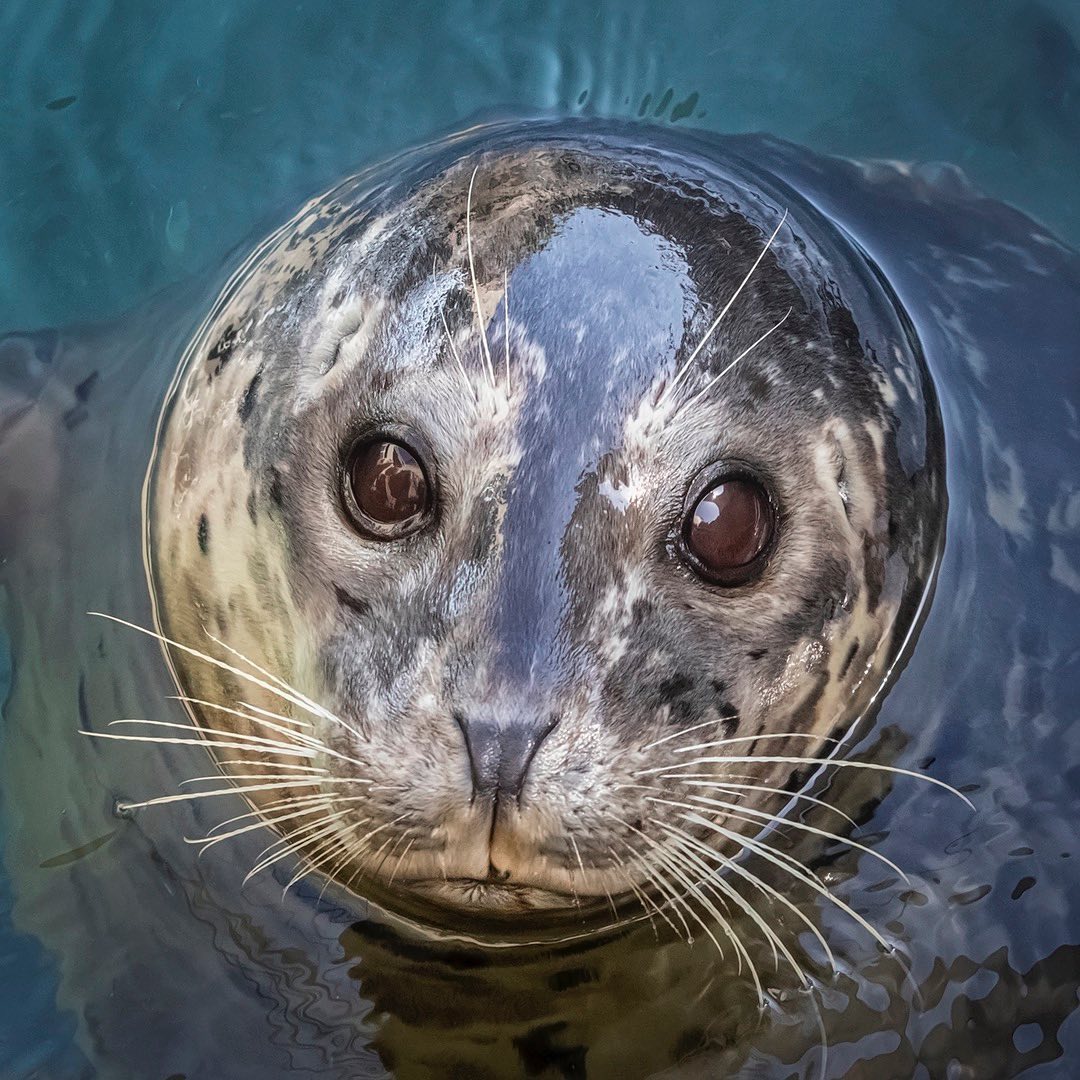Hey there, seal lovers! Today we’re diving into the world of one of the cutest marine mammals – the harbor seal. These whiskered wonders may seem shy, but they’re full of surprises that’ll keep you on your toes. So grab your snorkel, and let’s explore the magical realm of these coastal cuties.
Picture this: you’re strolling along the shoreline and spot a group of plump, speckled creatures basking in the sun. Are they giant slugs? Big, cuddly rocks? No, my friends, these are harbor seals! Often found lounging on rocks, sandbars, and beaches, these marine mammals are masters of relaxation.
Don’t be fooled by their laid-back appearance – harbor seals are remarkably agile swimmers. When not sunbathing, they zip through the water, reaching up to 19 miles per hour! And did you know they can dive deep? Some have been recorded diving as far as 1,500 feet below the surface. Pretty impressive for a creature that looks like a soggy teddy bear!
Speaking of teddy bears, let’s chat about their appearance. Harbor seals sport a unique, spotted coat in shades of gray, brown, and reddish hue. This stylish ensemble isn’t just for show – their coats act as camouflage, helping them blend into their surroundings and avoid predators. It’s like wearing your favorite invisibility cloak but more fashionable!
Now, let’s talk whiskers. You might have noticed those adorably floppy whiskers on their faces. Well, they’re not just for cuteness overload – harbor seals use them to detect prey underwater. These super-sensitive feelers can pick up the slightest vibrations from nearby fish, even in murky waters. Talk about some severe sensory superpowers!
While harbor seals might seem like the strong, silent type, they’re pretty chatty. They communicate with various vocalizations, from soft grunts and moans to loud, trumpeting calls. Some have even been known to “sing” underwater! Who knew our harbor friends were such talented vocalists?
You’ll be treated to a heartwarming sight if you’re lucky to spot a harbor seal mom with her pup. After giving birth, mother seals are incredibly attentive, staying close to their pups and nursing them for several weeks. During this time, the dogs quickly gain weight, packing on the fat that keeps them warm and buoyant. Before you know it, these chubby little bundles of joy are ready to dive into life as independent seals.
By now, you might be wondering how to catch a glimpse of these endearing creatures in their natural habitat. While it’s true that harbor seals can be found along coastlines in both the Atlantic and Pacific Oceans, your best bet is to visit protected areas like national parks or marine sanctuaries. Remember to keep a respectful distance, though – as curious as they may be, harbor seals need their space too!
In conclusion, harbor seals are truly fascinating animals. From their adorable appearance and unique abilities to their intriguing social lives, they are a captivating marine species that deserves our admiration and protection. So next time you’re by the water, watch for these whiskered wonders – you never know when you might spot a new, flippered friend!


